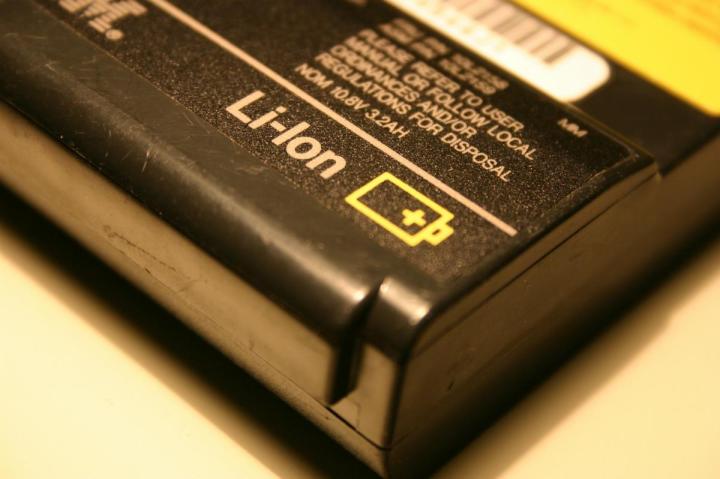
According to IBM Research India, at least 70 percent of discarded laptop batteries have enough juice to make them viable candidates for reuse. Since laptop batteries comprise multiple cells, when a laptop battery is deemed “dead,” it doesn’t mean all the cells in the battery are useless.
So when IBM researchers examined discarded lithium-ion laptop battery cells, they harvested the ones that still had sufficient life in them and created new rechargeable battery packs. The UrJar, the name for the refurbished battery pack, can be used to provide energy for lights, fans and phone chargers.
The study conducted by IBM Research India and RadioStudio gave the UrJar to five participants in Bangalore for unsupervised use. The main benefit for the UrJar, according to the participants, was long lighting hours on a single charge.
One participant said a single charge gave them enough power for 2-3 days of lighting, 4.5 hours each day. Another participant used the UrJar to power a CFL lantern, which could run for 2-3 days on a single charge. That participant said they could keep their shop open for two additional hours each day because of the UrJar.
However, participants noted a few improvements they would like to see: increased durability (to withstand wire-cutting rats), a low-battery indicator, a more visually appealing design and better support in their local language.
The study, titled “UrJar: A Lighting Solution using Discarded Laptop Batteries,” notes that in 2012, 20 percent of the world’s population didn’t have access to grid-based electricity, including more than 400 million people in India. IBM says it’s not aiming to profit off of the UrJar but that it could be distributed for free in developing countries.


